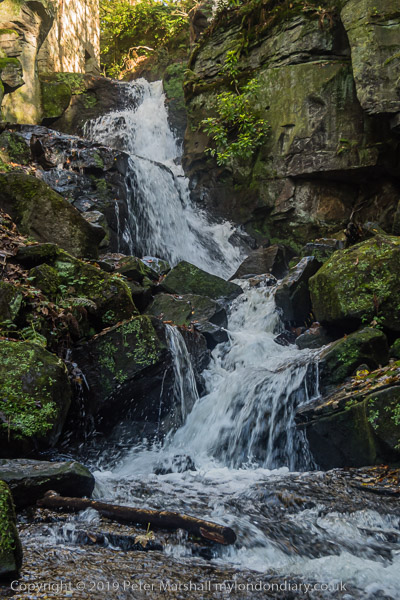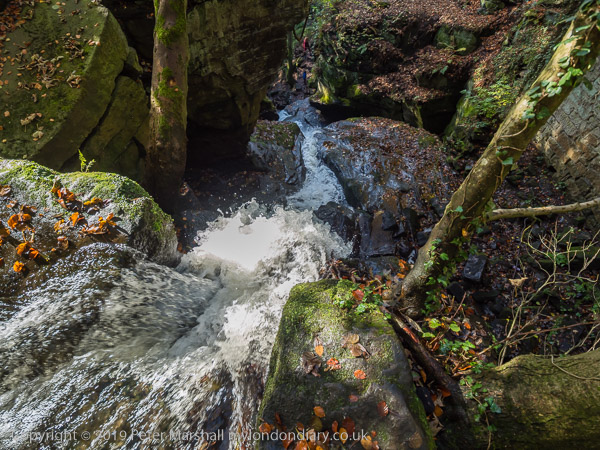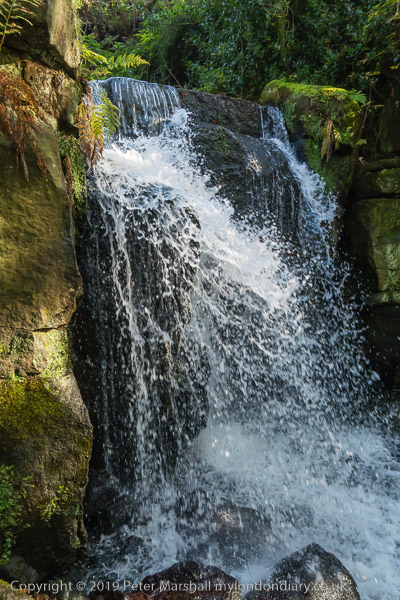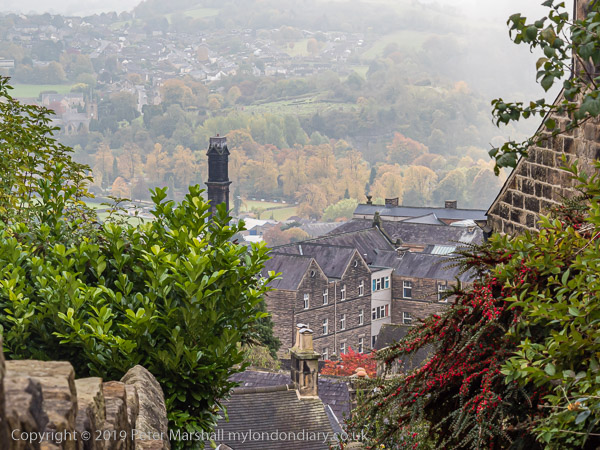More from Belper – In 2015 we stayed with my younger son and family in Belper for a few days after Christmas, and on 30th and 31th December I took some time going around the town and taking pictures.
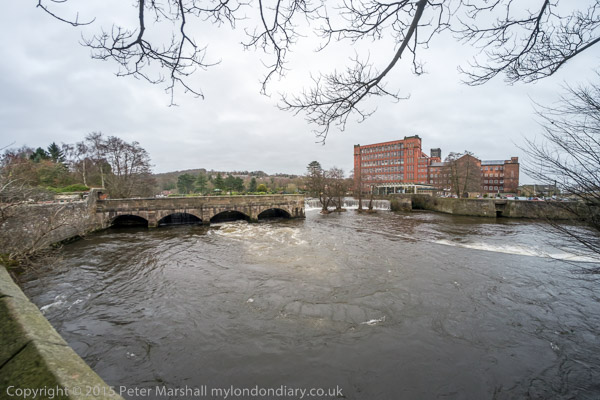
Belper was important as a bridging point on the River Derwent and it was the power from this river that led the Jedediah Strutt, a partner of the better-known Richard Arkwright to build the world’s second water-powered cotton mill here around 1781. He build another mill, the North Mill three years later. When this burnt down in 1803, his son William Strutt replaced it by the current ‘fireproof’ North Mill. Its iron frame and brick arches with brick and tile floors made it one of the most technically advanced buildings of its age.
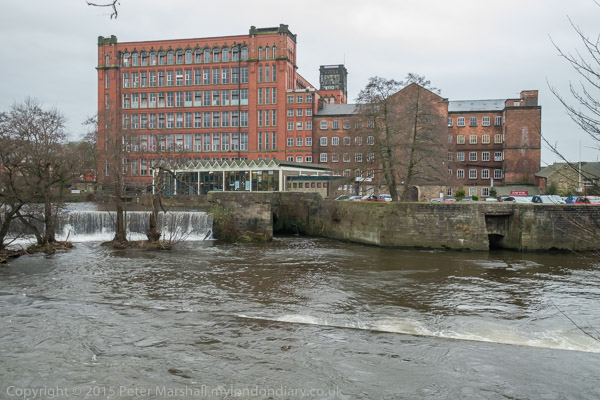
The Strutt’s built up Belper tremendously, providing housing for their workers, including the listed terraces of Long Row where I was staying as well as three churches of different denominations as the climbed the social ladder.
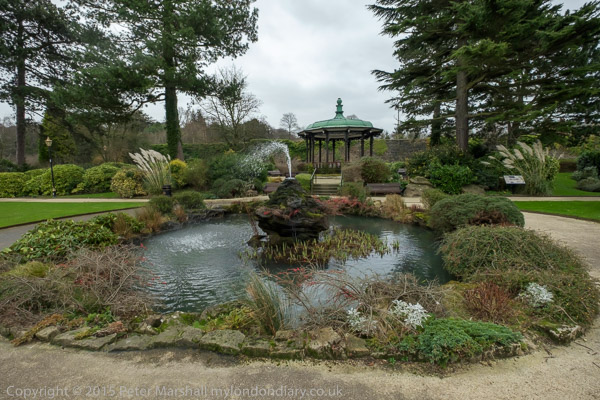
The mills and other buildings here are a part of the World Heritage Site, and the North Mill houses the Derwent Valley Visitor Centre, and adjoining this is a soft play centre and a restaurant, but at least in 2015 part of the mill complex were still in use by Courtaulds making stockings.
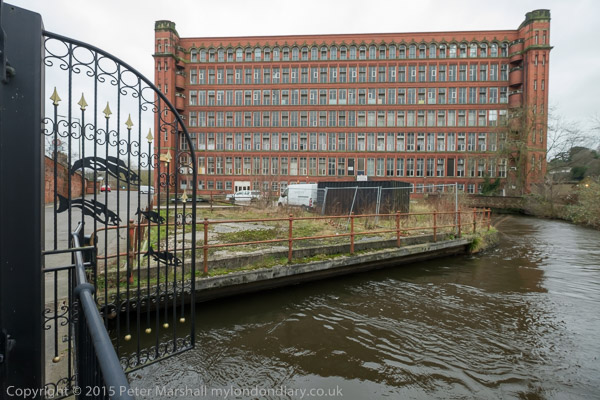
Belper played an important part in the industrial revolution in the UK, but also kick-started large-scale manufacturing in the USA. Samuel Slater who had worked in the mill here from a young age and was apprenticed to Strutt in 1782 learnt all the secrets of the trade and in 1789, when he was 21, crossed the Atlantic to Pawtucket in Rhode Island and began the US textile industry, becoming known as “The Father of the American Industrial Revolution” – or in Belper as “Slater the Traitor”.
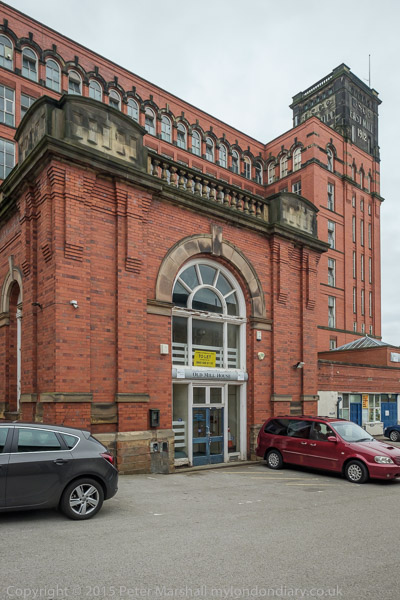
Belper’s most famous landmark is the Accrington red-brick East Mill with its distinctive tower, built by the English Sewing Company in 1912. The buildings across the Ashbourne Road from this are all more modern.
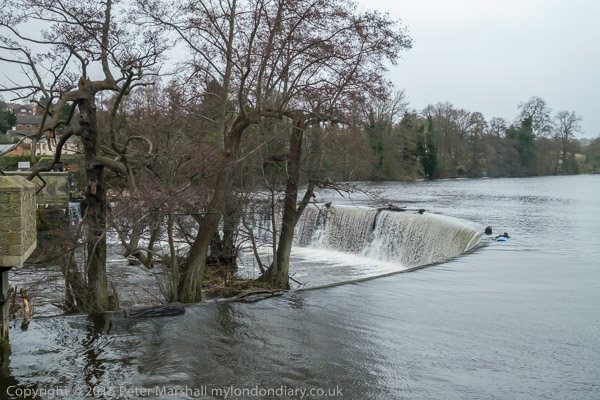
Strutt put weirs across the river to hold back the water and provide a supply for the mills, also producing a lake beside which are the Riverside Gardens. Water from close to this first weir was still in use to power turbines for the electrical supply to the mill. The larger Horseshoe Weir was built in 1797 and raised in height in the 1840s but is apparently unchanged since then.
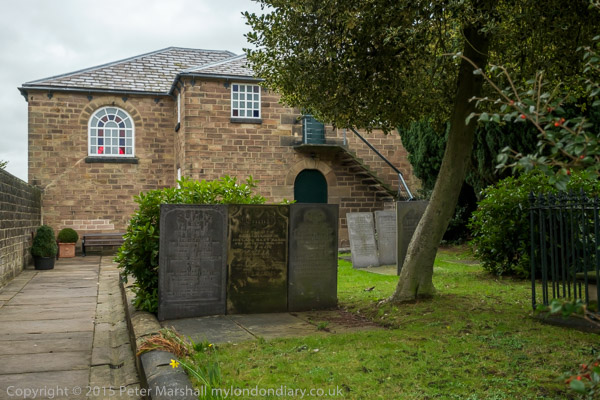
Jedediah had built a Unitarian Chapel when he first came to Belper in 1778 still in use today, but later the family built a Congregational Church with a spire and finally the Anglican St Peters, with a tall slender tower to make them stand out. The Congregational church became unsafe and was closed around 1981, but was later converted into housing.
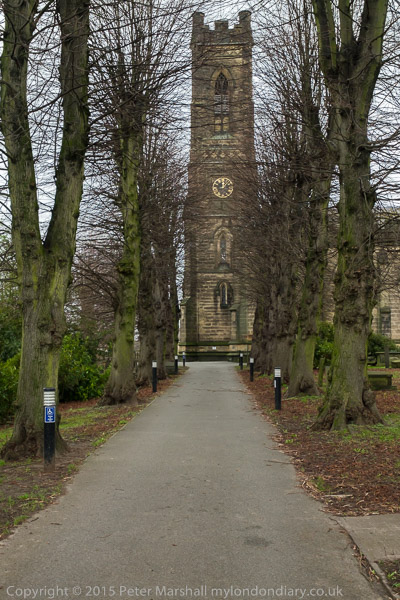
Other industries came to Belper too, but most or all have now moved away, including a chocolate factory and another making Swafega.
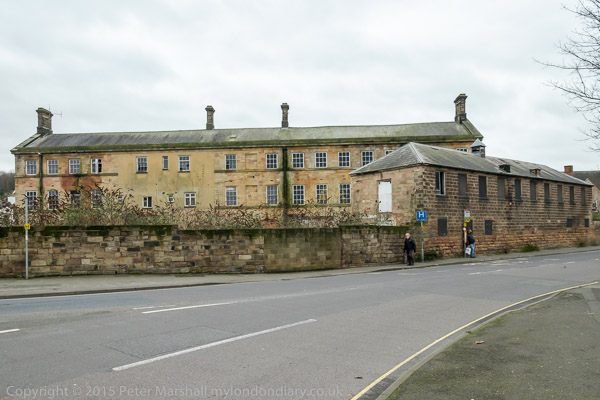
Our final morning before catching the train from home – at Strutt’s insistence the line through the town was in a cutting with every street having its bridge over it so as to disturn the town as little as possible – began with a visit to Belper to buy food for our journey at Fresh Basil before going to another of the town’s many tea rooms, worth a visit both for the cakes and the impressive loo.
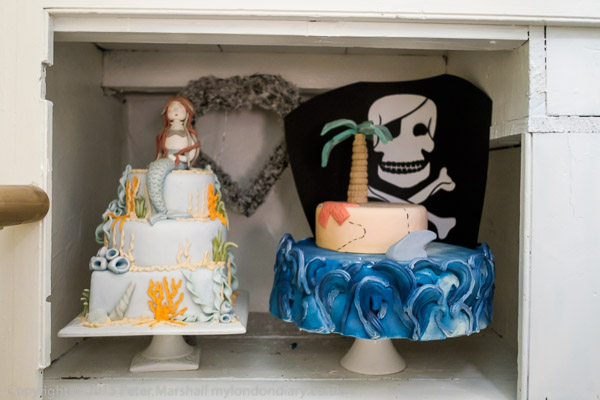
Although Belper’s Christmas lights were not impressive, its guerilla knitters had been hard at work decorating the town centre, and I still had time to photograph some of their impressive works before going to the station.
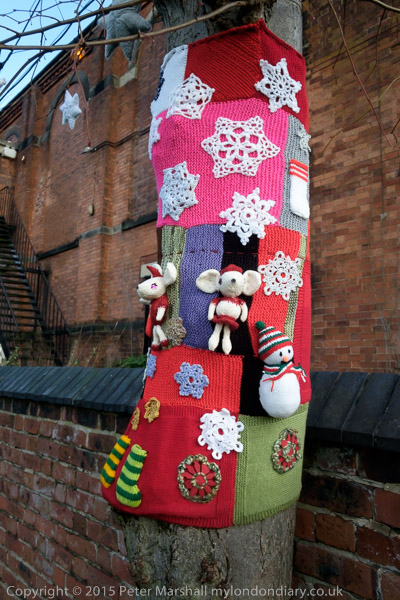
Many more pictures from our 2015 visit on My London Diary at Belper – World Heritage Site.
Flickr – Facebook – My London Diary – Hull Photos – Lea Valley – Paris
London’s Industrial Heritage – London Photos
All photographs on this page are copyright © Peter Marshall.
Contact me to buy prints or licence to reproduce.







